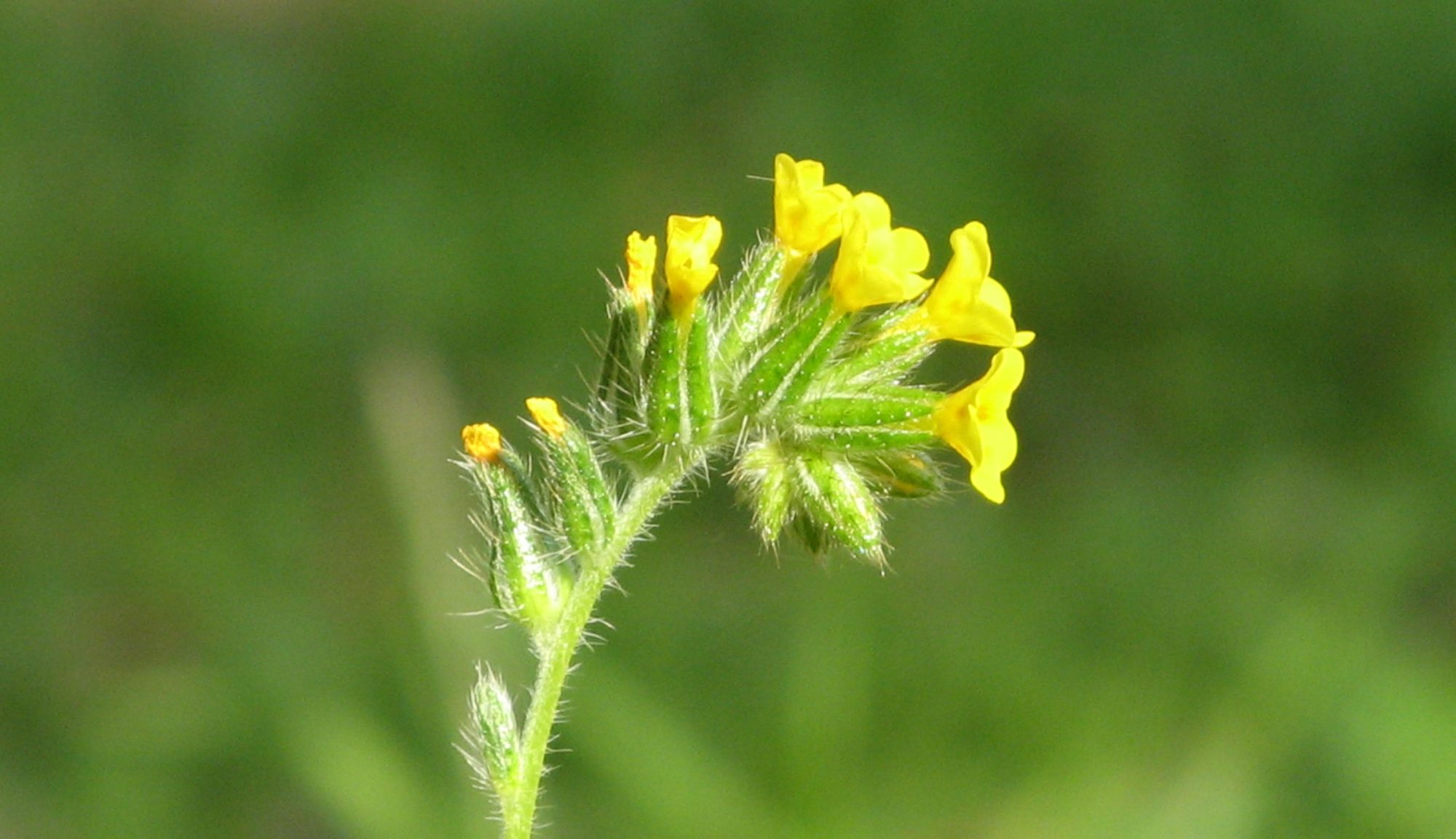Biocontrol agents targeting soilborne plant disease organisms have not lived up to expectations, according to a new review by Mark Mazzola and Shiri Freilich in the journal Phytopathology. Whereas classical biocontrol − the release of a pest’s natural enemy into an agricultural system to control that pest − has a long string of proven successes in the control of aboveground pests, there has been only limited success of species introductions into soil for controlling disease-causing organisms. Typically a biocontrol agent introduced into soil will have a very low survival rate.
From an agroecological standpoint, the failure of introduced species to establish a presence in soil is not a surprise. Any two areas of soil can have multiple differences, including sand and clay content, mineral type, organic matter level and composition, vegetation history, water regime, microflora and -fauna, and even crop genotype, all of which can affect survival of a microbe. The existing microbial community is the one that makes the most sense for the particular set of conditions, and the conditions change over the seasons. As microbiologists like to say, everything is everywhere, and the environment selects.
This observation reminds me of the time when as a teenager I saw a play by Anton Chekhov. Everyone in the play was leading a troubled life, and no one seemed capable of breaking out of the established pattern and doing what would make them happy. I didn’t like the play, and I wished I could walk into the scene and tell everyone what they should do: “He loves you − stay with him.” “He’s fragile − be more gentle with him.” “Don’t try to be what you are not just to impress them.” An alternate, more mature assessment is that if I somehow ended up in that setting with those characters, I would likely be caught up in the same malaise and change nothing.
So it is with those microbe additions. You introduce a promising strain of Pseudomonas into a soil system, one good at controlling disease in potting medium, and it gets lost in the crowd, unable to mount a takeover of the existing microbial community because it finds the physical conditions unaccommodating or gets overwhelmed by the other characters in the community.
Fortunately, Mazzola and Freilich present a proven alternative. If you change the environment using certain management options, you can select for a microbial community that is suppressive to disease. One example is anaerobic soil disinfestation, a radical alteration of the soil environment where the grower incorporates a carbon source like rice bran or alcohol into the soil, saturates it with water, and covers it with plastic. Anaerobic bacteria use up the oxygen and produce organic acids, killing pathogens. Another example is biofumigation, where mustard seed meal or other mustardy residues are incorporated into the soil, hitting the pathogens with a fatal wasabi-burn. Even after treatments are completed and the crops planted, there is a lasting effect of pathogen suppression, an outcome not found with chemical fumigation.
The reasons for the continuing benefit from these treatments are complex, as expected, and still being worked out. There is evidence pointing to an advantage given to endemic microbes, and suggestions that some microbial groups that are associated with biological control make up an increased proportion of the surviving microflora. There is evidence that the carbon source used for creating an anaerobic environment can make a difference in the microbial groups selected.
Beyond soil treatments, there can be other ecological interactions that contribute to soil disease suppression. Root secretions from plants of certain genotypes can foster the proliferation of pathogen-suppressive bacteria populations. Plant genotypes can interact in a complex fashion with soil management interventions. Is it any wonder that a reductionist approach involving isolation of a microbial strain from a disease-suppressive soil, quantifying the antagonism that it possesses toward a select pathogen in the lab, and releasing it into a novel soil environment will fail in so many cases? An agroecological approach, taking into account the multiplicity of factors that are operative in soil, is crucial for managing soil disease in a real world situation.
And the next time you see a Chekhov play, sit back and enjoy the way the characters struggle within the bounds of their milieu, and then reflect on what difference you can make in your own world.
